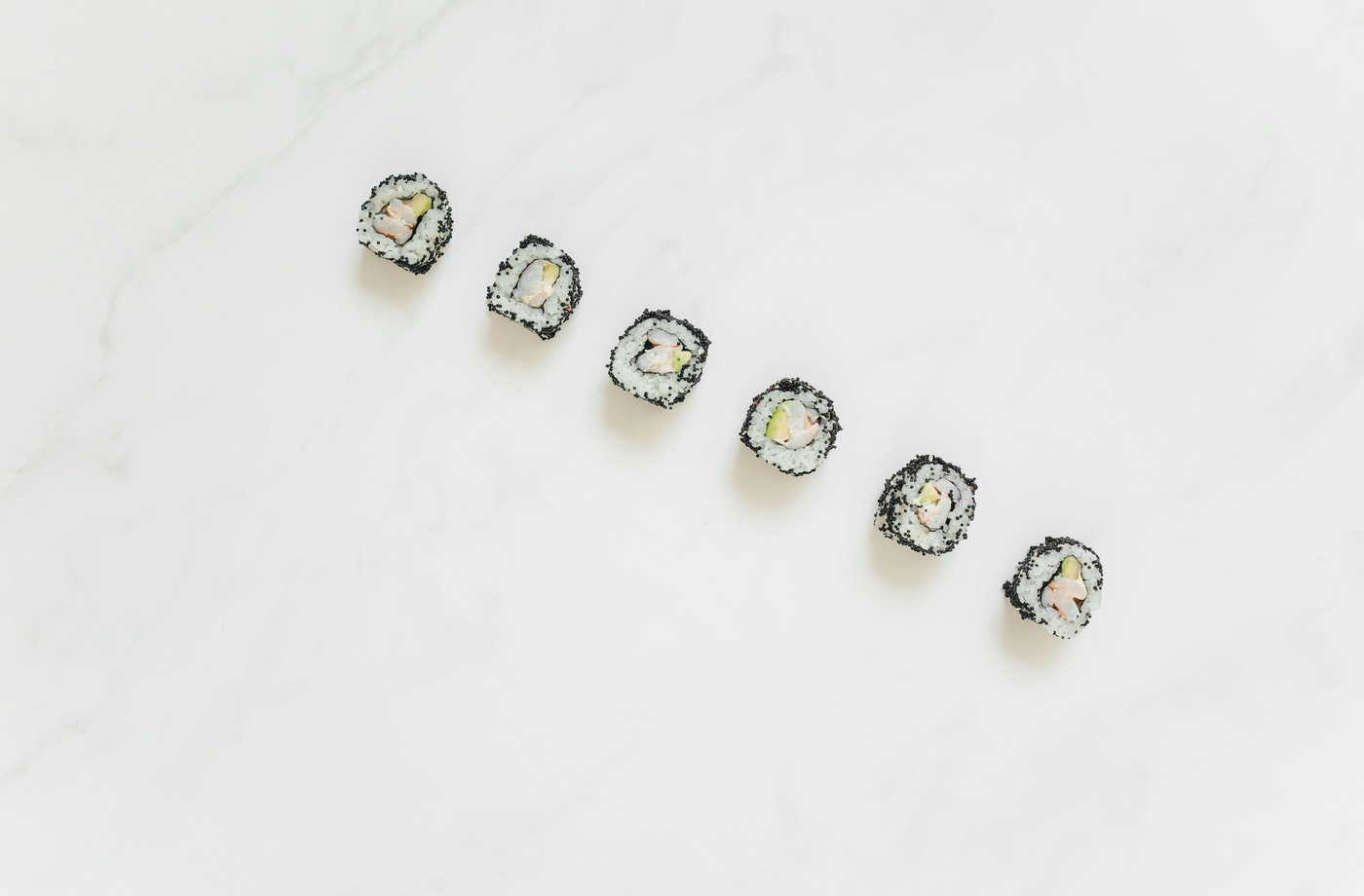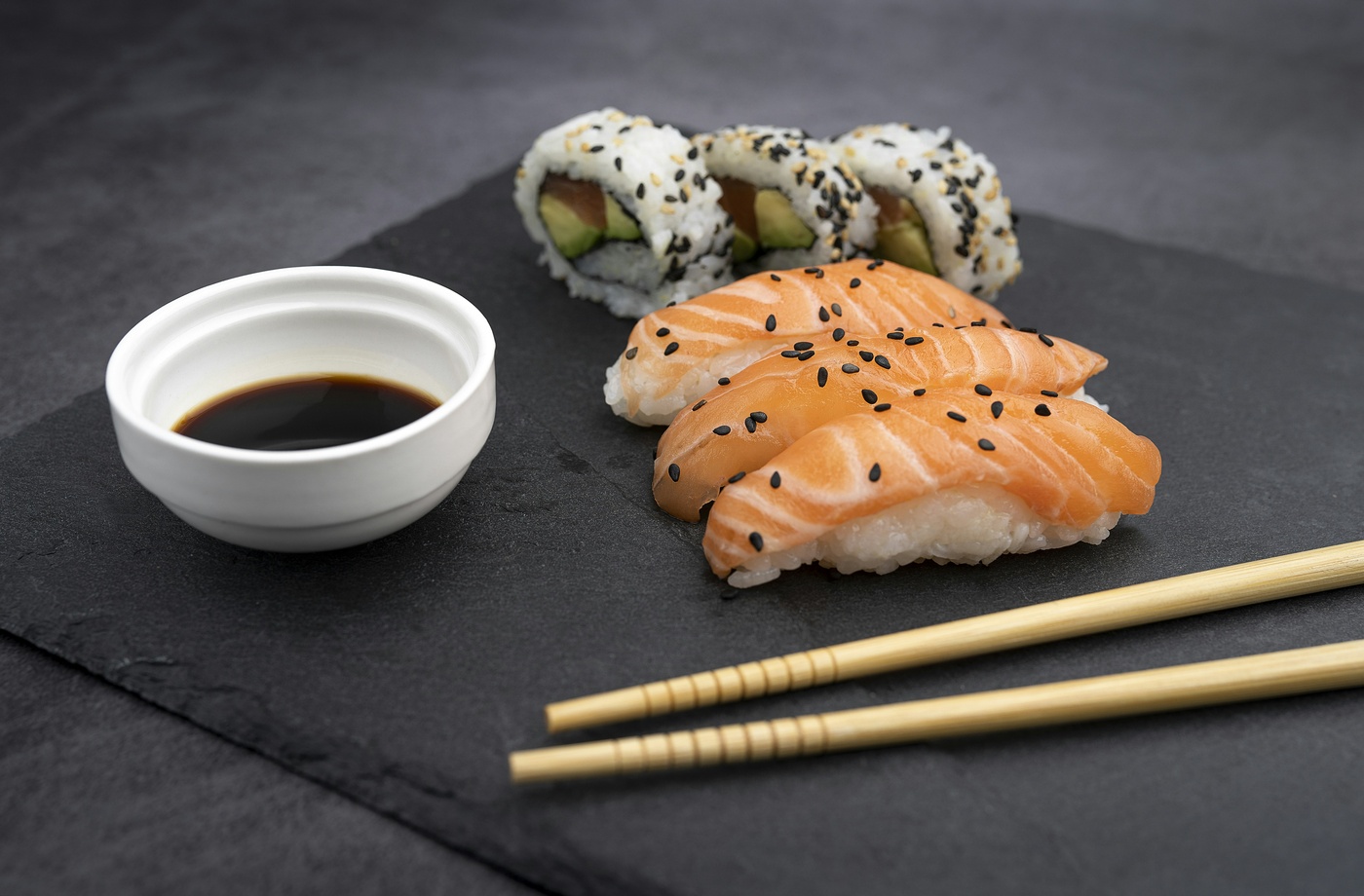Sake is more than just a drink—it’s a reflection of regional terroir, brewing philosophy, and culinary harmony. Much like wine, its flavors range from dry and earthy to floral and fragrant, making it an exceptional companion to a wide variety of foods. But unlike wine, sake follows a classification system that’s unfamiliar to many Western diners. This guide demystifies the major types of sake and offers pairing tips to enhance your next omakase or kaiseki experience.
Understanding Sake Types
The quality and style of sake are largely determined by how much the rice is polished before brewing. The more polished the rice, the lighter and more refined the sake tends to be. The three main categories are:
- Junmai
- Polish Ratio: Typically 70% or less (30%+ of the outer layer removed)
- Flavor Profile: Earthy, umami-rich, fuller-bodied
- Pairings: Best with grilled or fried dishes like tempura, yakitori, or miso-glazed cod. Its robust flavor balances savory, umami-heavy foods.
- Ginjo
- Polish Ratio: 60% or less
- Flavor Profile: Light, fruity, aromatic
- Pairings: Ideal with sashimi, light seafood, or salads. The delicate nose and clean finish accentuate raw textures and subtle flavors.
- Daiginjo
- Polish Ratio: 50% or less
- Flavor Profile: Refined, floral, elegant, often served chilled
- Pairings: Best appreciated with simple, pristine dishes like toro sashimi or steamed white fish. Its precision elevates fine textures without overwhelming them.
For beginners, it’s worth trying a flight to experience the difference between these styles firsthand. Many upscale Japanese restaurants offer curated tastings, and several online retailers—such as True Sake—provide tasting notes and pairing suggestions to help guide selection.
Beyond the Basics: Honjozo, Nigori, and Sparkling
- Honjozo includes a small amount of brewer’s alcohol, making it lighter and drier—perfect with soy-based dishes.
- Nigori, or unfiltered sake, is creamy and sweet, often paired with spicy foods or dessert.
- Sparkling sake, like sparkling wine, is festive and best served as an aperitif or with fruit-forward dishes.
Serving and Temperature Tips
Sake can be served chilled, room temperature, or warm—each method bringing out different aspects of the brew. Daiginjo and Ginjo varieties are typically best served chilled to preserve their aromatic profiles, while Junmai is often enjoyed warm, especially in colder months.
To learn more about sake classifications, brewing techniques, and tasting etiquette, visit the Sake School of America, which offers certification courses and in-depth resources for enthusiasts at every level.
Final Thoughts
A great sake pairing doesn’t just complement the food—it heightens the experience. Whether you’re enjoying a 15-course omakase or a simple bowl of soba, the right sake can frame the meal in a new light. As with all dining, the key is balance, harmony, and a willingness to explore.



